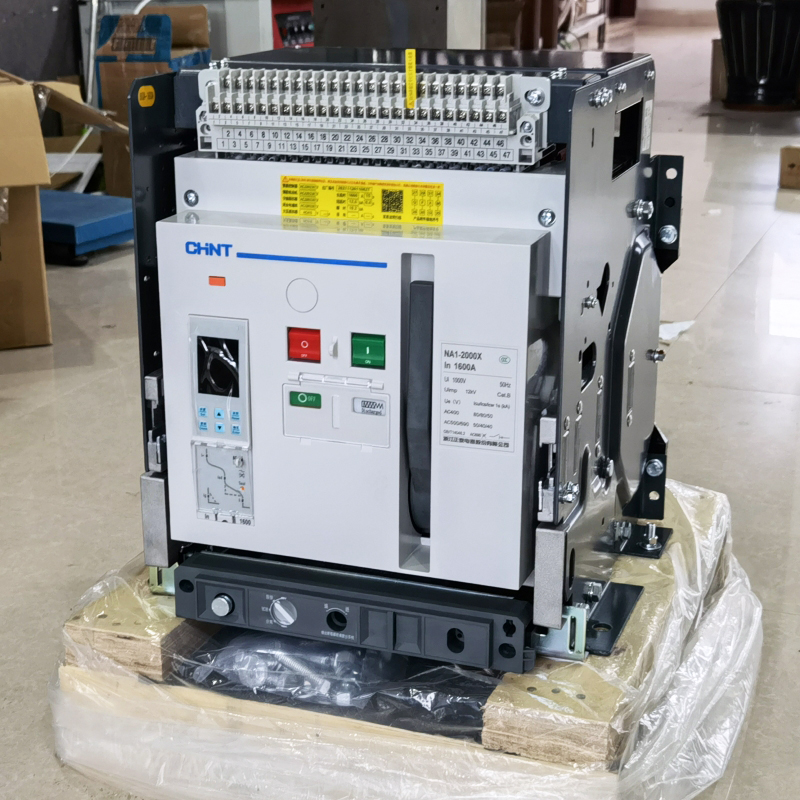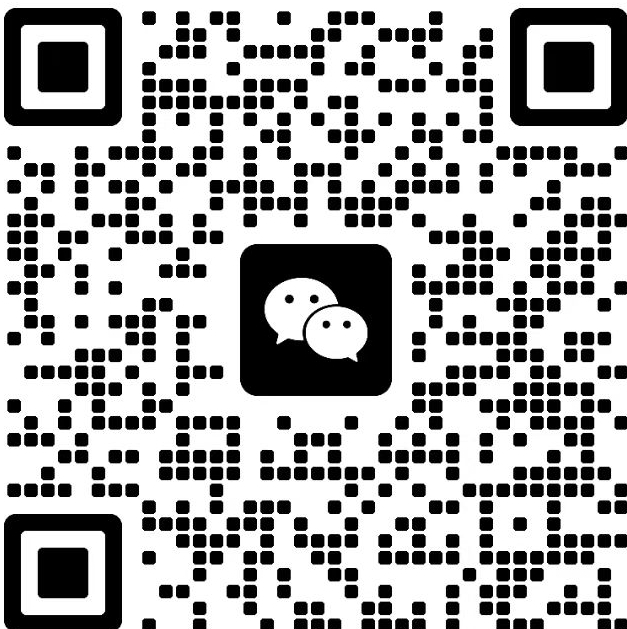how to read electric meter
 Reading an electric meter depends on its type (mechanical, digital, or smart meter). Below is a step-by-step guide for common types:
Reading an electric meter depends on its type (mechanical, digital, or smart meter). Below is a step-by-step guide for common types:
1. Traditional Mechanical (Analog) Meter**
**Appearance**:
- Has rotating dials (5–6 dials) with numbers 0–9, arranged left to right.
- Each dial has a multiplier (e.g., ×1, ×10, ×100, etc., sometimes marked above or below the dial).
**How to Read**:
1. **Read from left to right**: Start with the leftmost dial (largest multiplier, e.g., ×10,000) and move right.
2. **Check the direction of rotation**:
- Most dials rotate clockwise, but the rightmost 1–2 dials (e.g., ×1 or ×10) may rotate counterclockwise.
- If a dial’s pointer is between two numbers, use the **smaller number** (e.g., if between 3 and 4, use 3).
- Exception: If the right-hand dial has passed 9 (e.g., from 9 to 0), the left dial has **advanced**, so use the higher number (e.g., if the left dial is between 4 and 5, but the right dial just rolled over from 9 to 0, use 5).
3. **Example**:
- Dials show `1 2 3 4 5` (multipliers ×10,000 to ×1).
- Reading: **12,345 kWh** (12,345 kilowatt-hours, or "units").
2. Digital Electric Meter**
**Appearance**:
- A LCD screen displaying numbers, often with buttons to cycle through different screens.
- May show total usage, peak/off-peak usage (if applicable), or error codes.
**How to Read**:
1. **Basic reading (total usage)**:
- The main screen usually shows a 5–6 digit number, often with a decimal point (e.g., `1234.5`).
- Units: **kWh** (the decimal part may represent tenths of a unit, e.g., `1234.5 = 1,234.5 kWh`).
2. **Peak/off-peak (time-of-use) meters**:
- Press a button (labeled `▲`, `▼`, `SELECT`, or similar) to switch between screens:
- `PEAK` or `HIGH`: Electricity used during high-demand hours (e.g., 8 AM–10 PM).
- `OFF-PEAK` or `LOW`: Electricity used during low-demand hours (e.g., 10 PM–8 AM).
- Record both values separately if your bill uses tiered pricing.
3. **Example**:
- Screen shows `00123.4` → **123.4 kWh** (ignore leading zeros).
3. Smart Meter**
**Appearance**:
- Similar to digital meters but may have additional features like LED lights, real-time data, or connectivity.
- Often shows live usage, cumulative usage, or alerts for high consumption.
**How to Read**:
1. **Total consumption**:
- The default screen usually shows the **total kWh** used since installation (e.g., `25678.9`).
2. **Real-time usage**:
- Some meters display instantaneous power (e.g., `2.3 kW`) or hourly/daily usage.
3. **LED indicators**:
- A flashing light may indicate normal operation, while solid lights could signal errors (check the manual for codes).
4. **Wireless connectivity**:
- Data is often sent to the utility company automatically, but you can still read the screen for manual checks.
4. Key Notes for All Meters**
- **Unit of measurement**: All meters use **kWh** (1 kWh = 1 "unit" of electricity).
- **Decimal points**: Some meters omit the decimal (e.g., `12345` = 1,234.5 kWh if there are 5 dials; or 12,345 kWh if 6 dials—check your meter’s design).
- **Back-to-back readings**: To calculate usage for a period (e.g., a month), subtract the **previous reading** from the **current reading**:
`Current reading – Previous reading = kWh used`.
- **Error checks**: If the meter seems stuck (no change over days) or shows negative numbers, contact your utility provider.
Example Scenarios**
- **Monthly bill calculation**:
- Previous reading: `15,000 kWh`
- Current reading: `15,500 kWh`
- Usage: `15,500 – 15,000 = 500 kWh`.
- **Smart meter with peak/off-peak**:
- Peak: `300 kWh`
- Off-peak: `200 kWh`
- Total: `500 kWh` (billed at different rates for peak/off-peak).
Troubleshooting**
- If unsure about the meter type, check the manual or look for labels like "kWh" or "kilo-watt hours."
- For solar users: Some meters show **import** (from the grid) and **export** (to the grid) separately—ensure you read the correct value.
By following these steps, you can accurately read your electric meter to track usage, verify bills, or manage energy efficiency!


